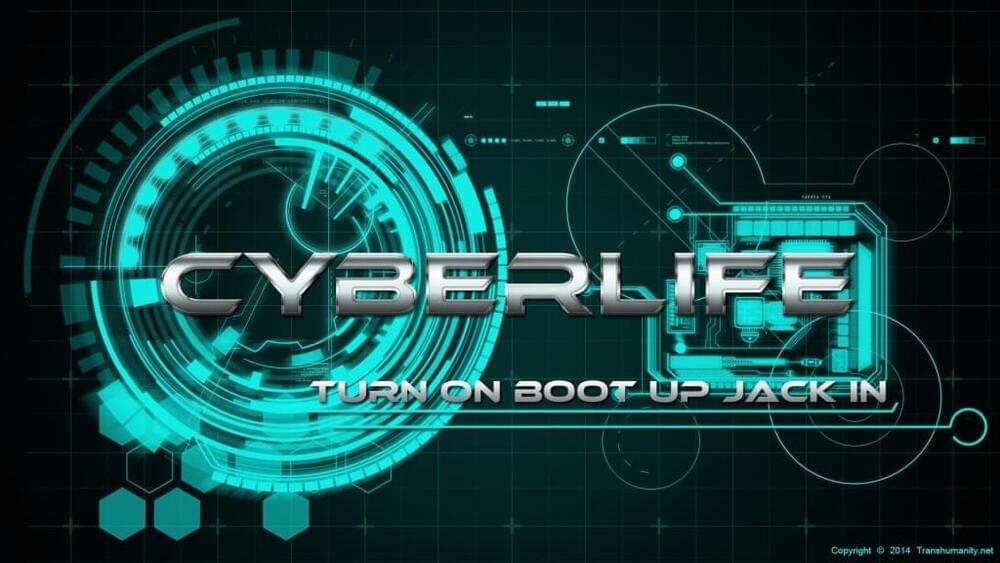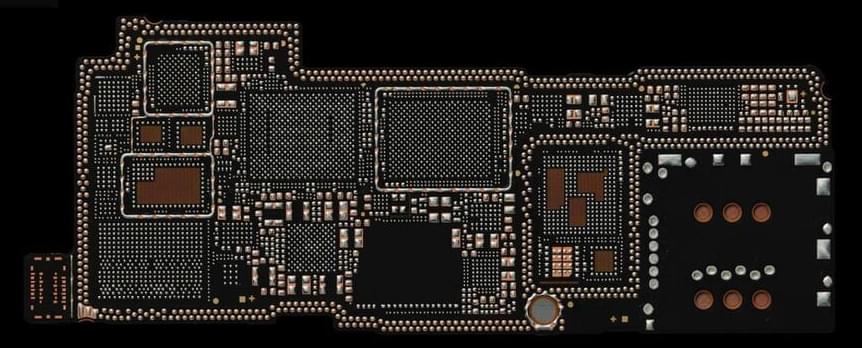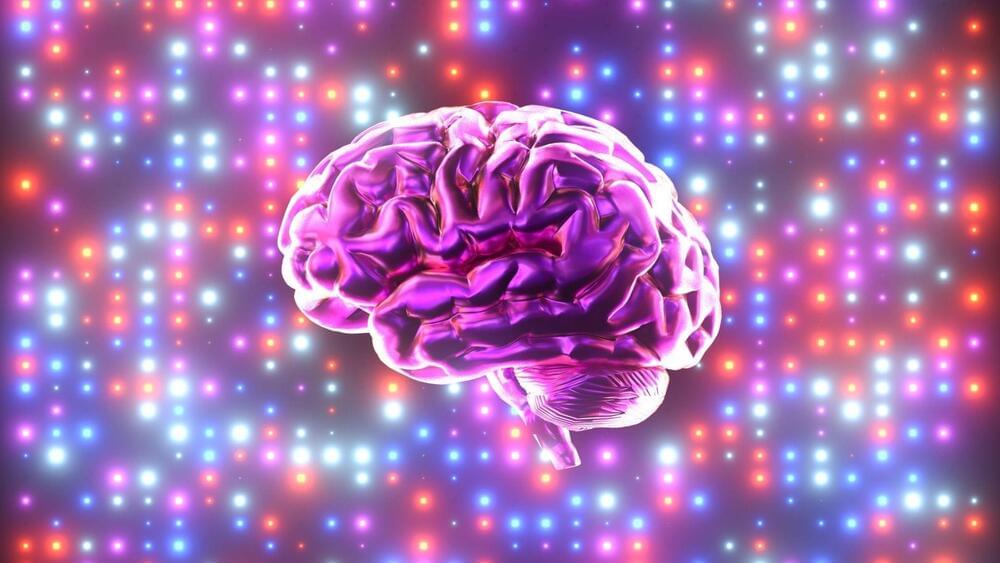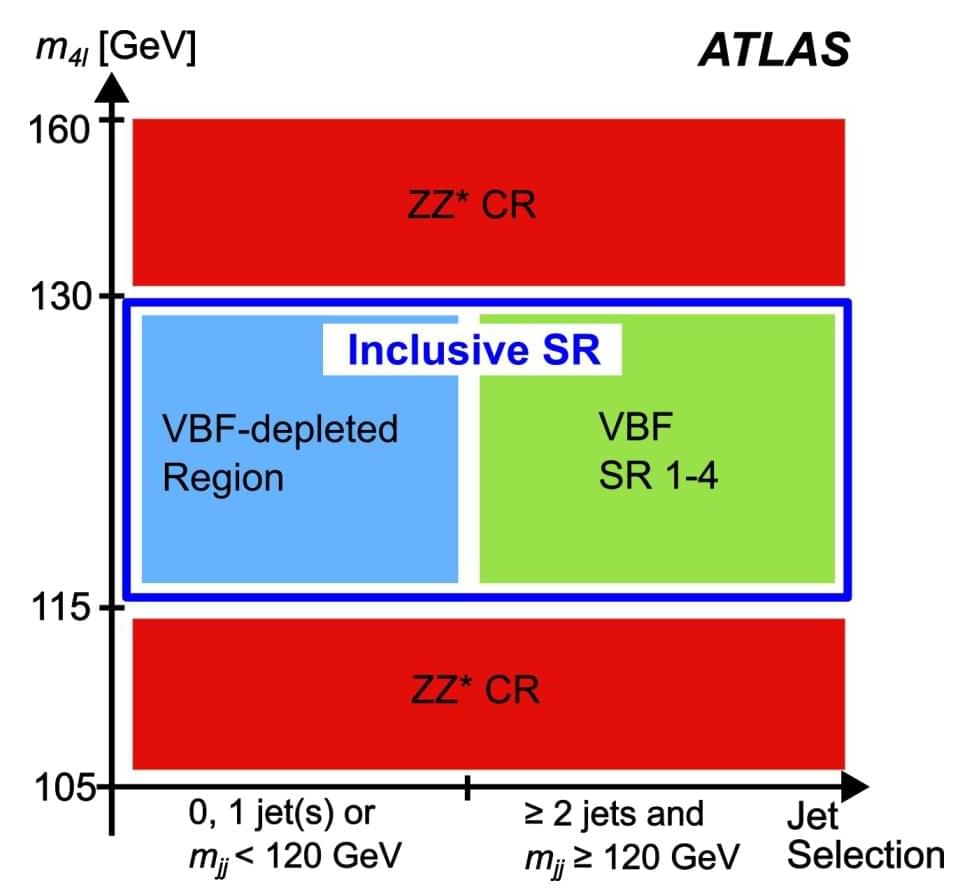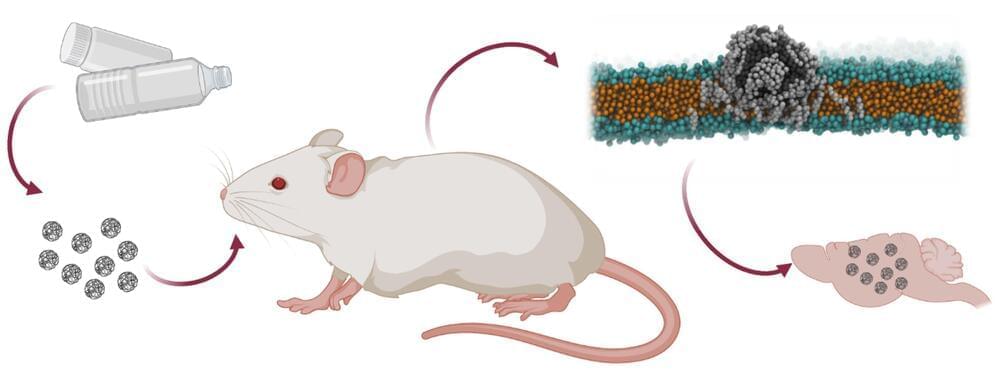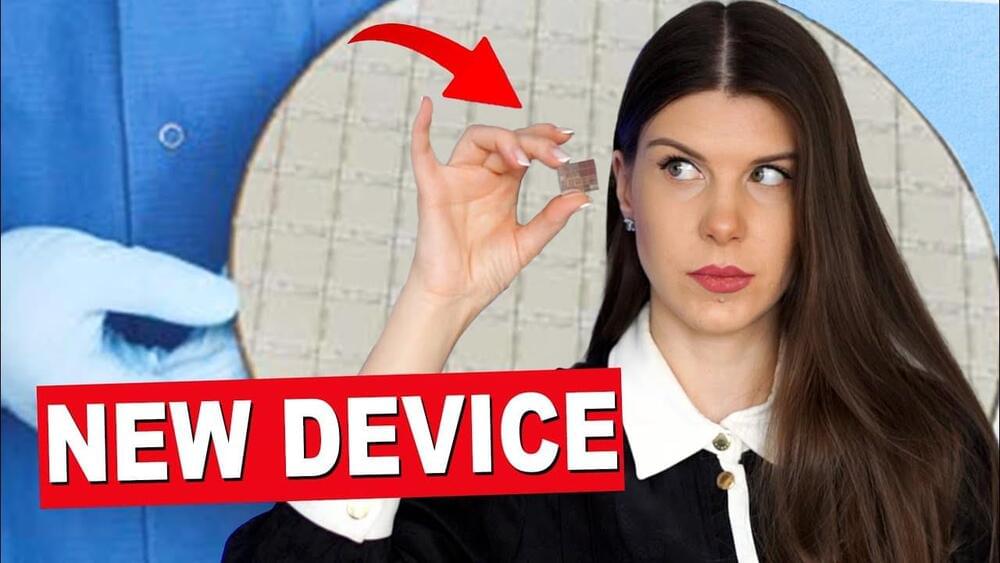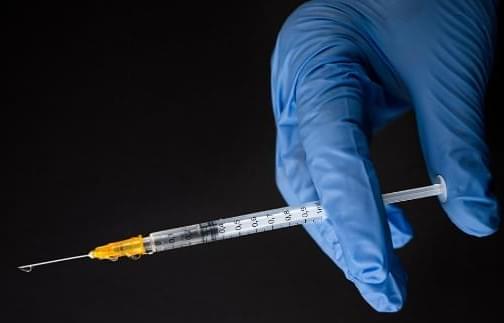Apr 21, 2023
Cyberlife Is Now Live
Posted by Dan Breeden in categories: media & arts, neuroscience, transhumanism
After a few weeks of hard work and dedication, Cyberlife is now completely available to the public. This new webzine will be primarily focused on showcasing the culture of transhumanism, a philosophical and scientific movement that has been gaining momentum over the past few years. Here, you can turn your brain off for an hour at a time to read about the newest trends, listen to music, and admire the artistic talent of our staff members. We are still looking for more people to contribute, so here is a short list of what we are looking for:
Literature: Cyberlife does support the literary arts and this is how we do it. If you have some random short stories lying around that you have never published, submit them to us. We would love to read some short fiction that relates to transhumanism in some way. We do ask that you limit the piece to 10 pages so it doesn’t break the site. We will accept works that are explicit, but keep the eroticism to a minimum. Once again, make it tasteful.
Articles: We are still looking for authors that focus on articles and op-ed pieces. We are looking for people that have knowledge on these subjects:
